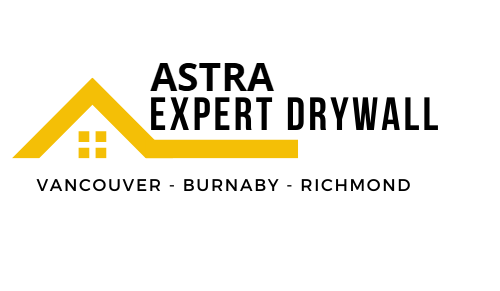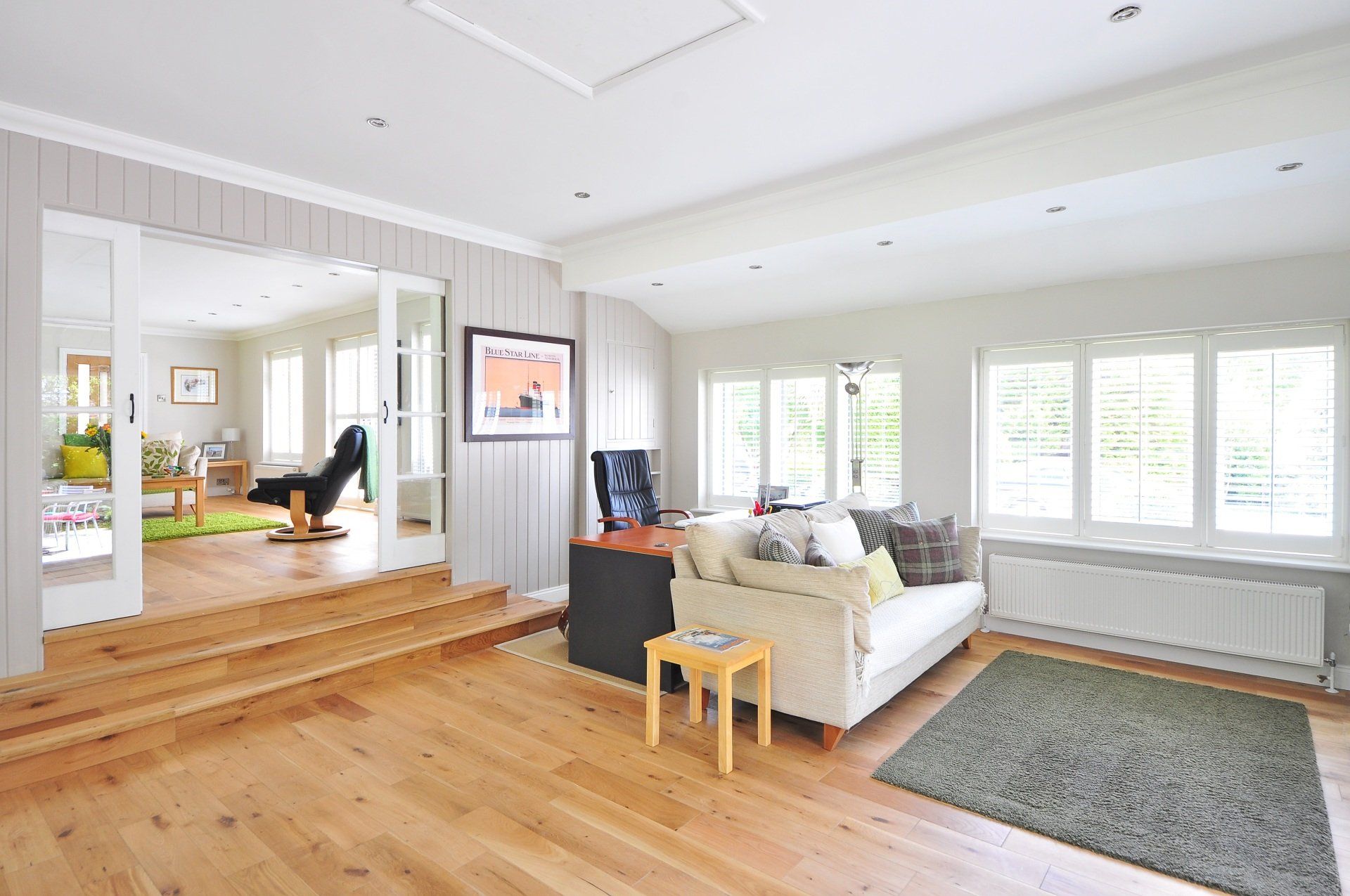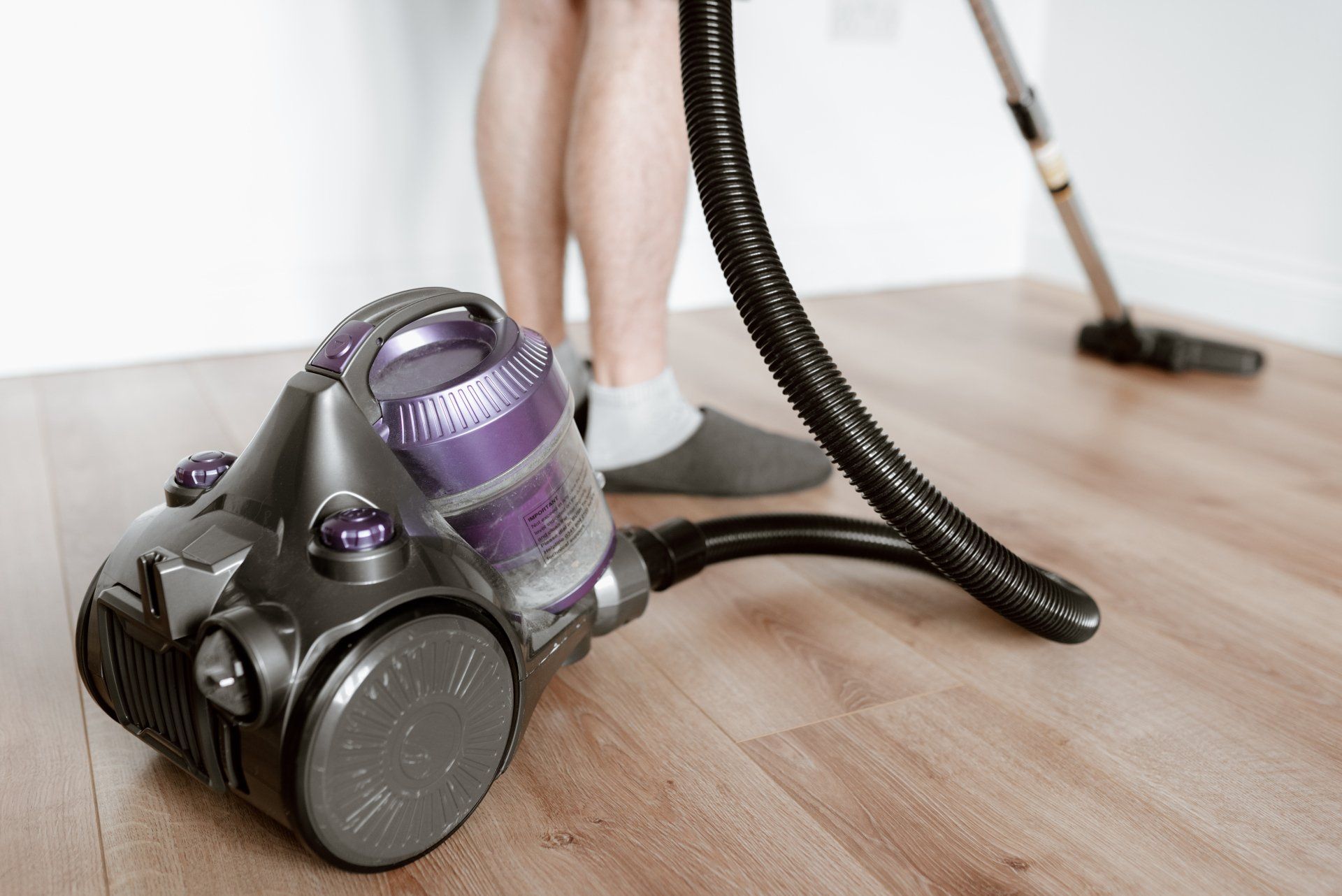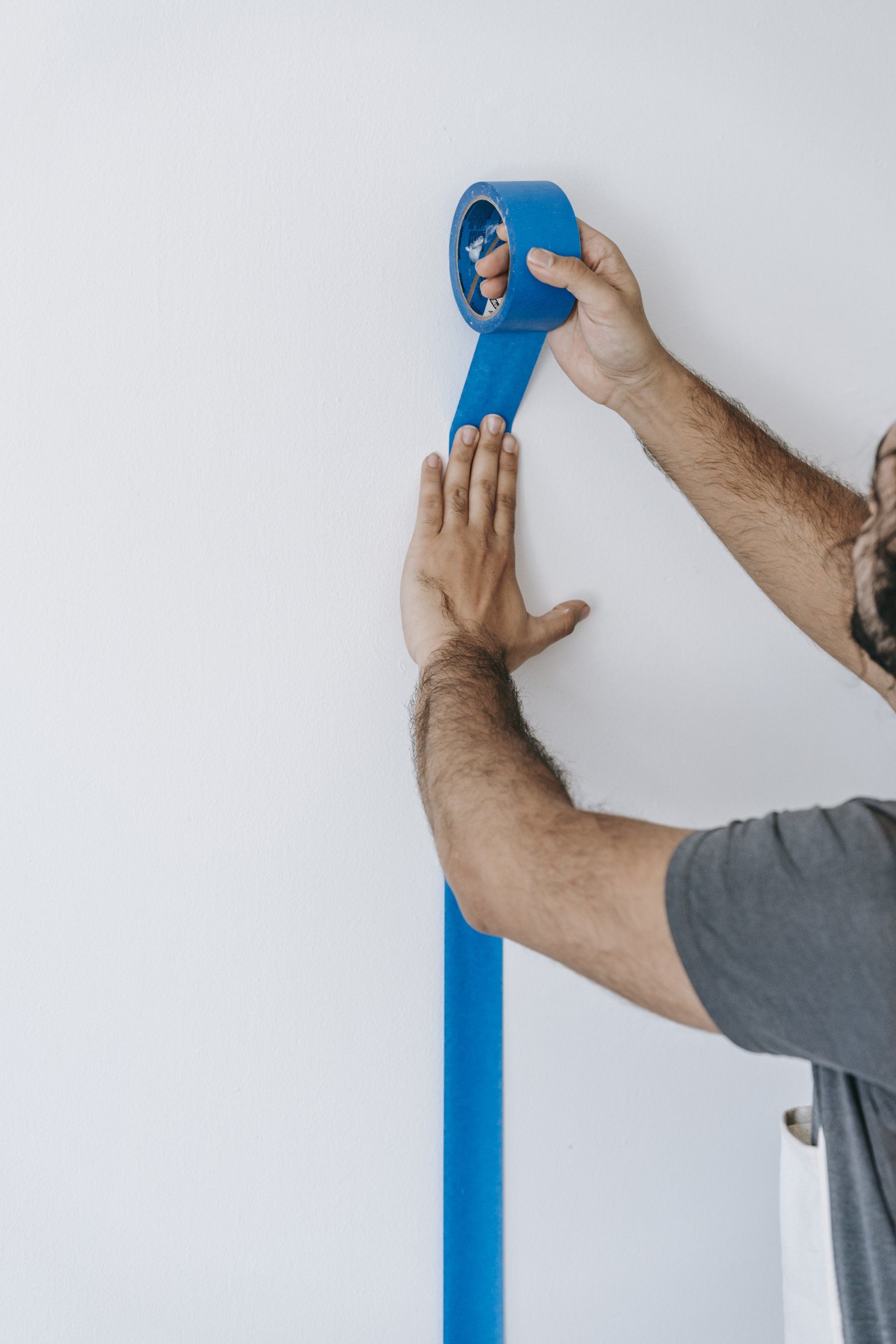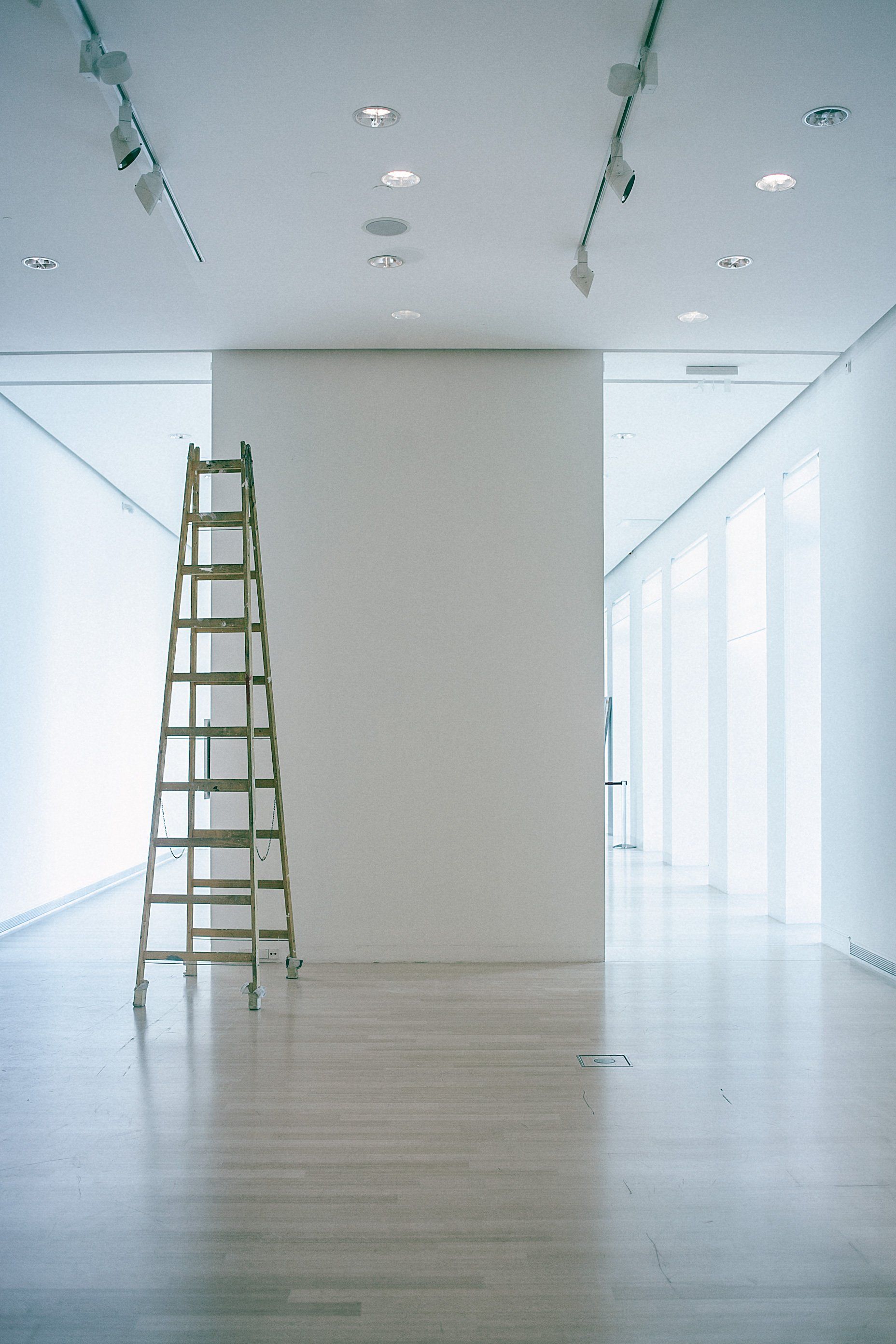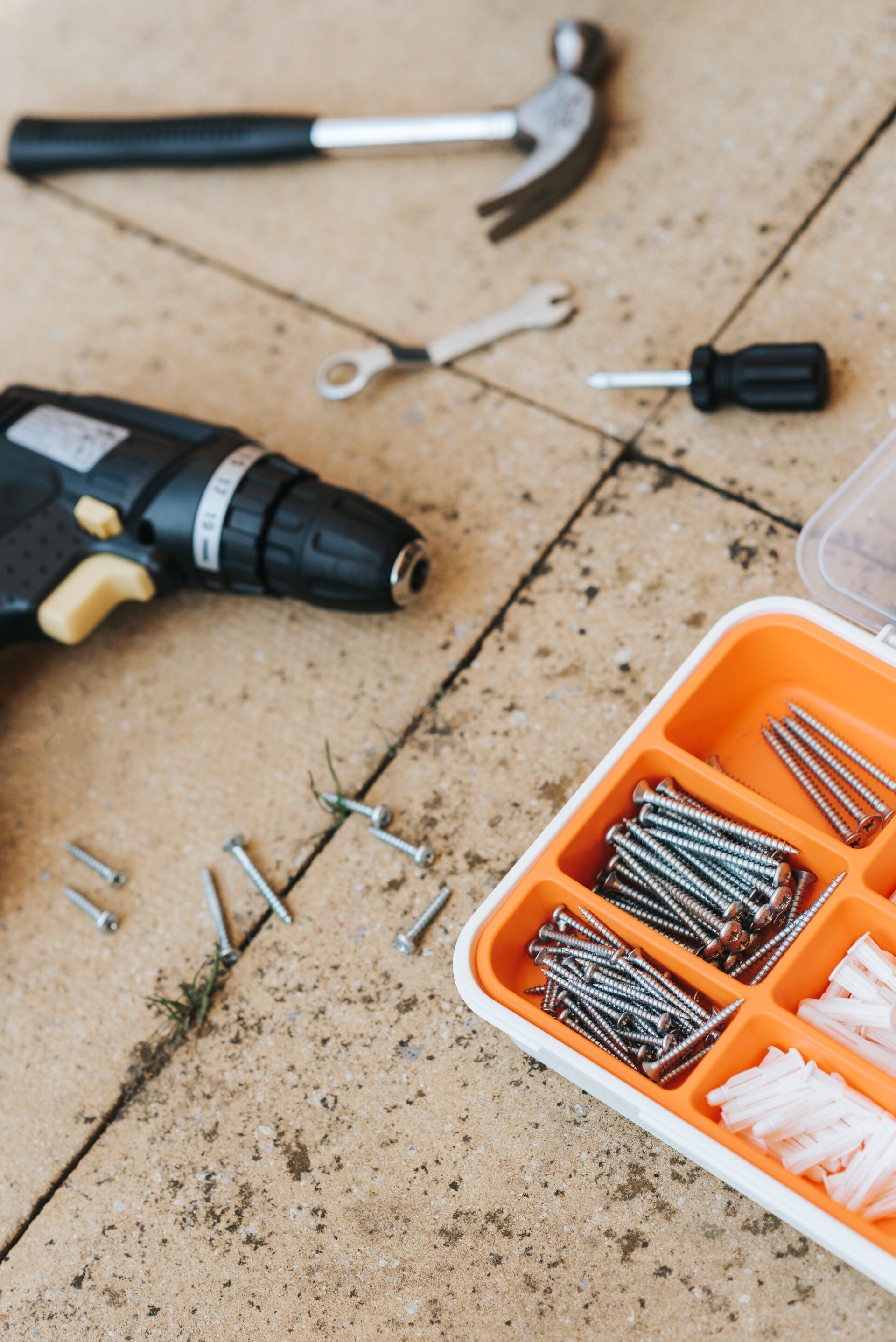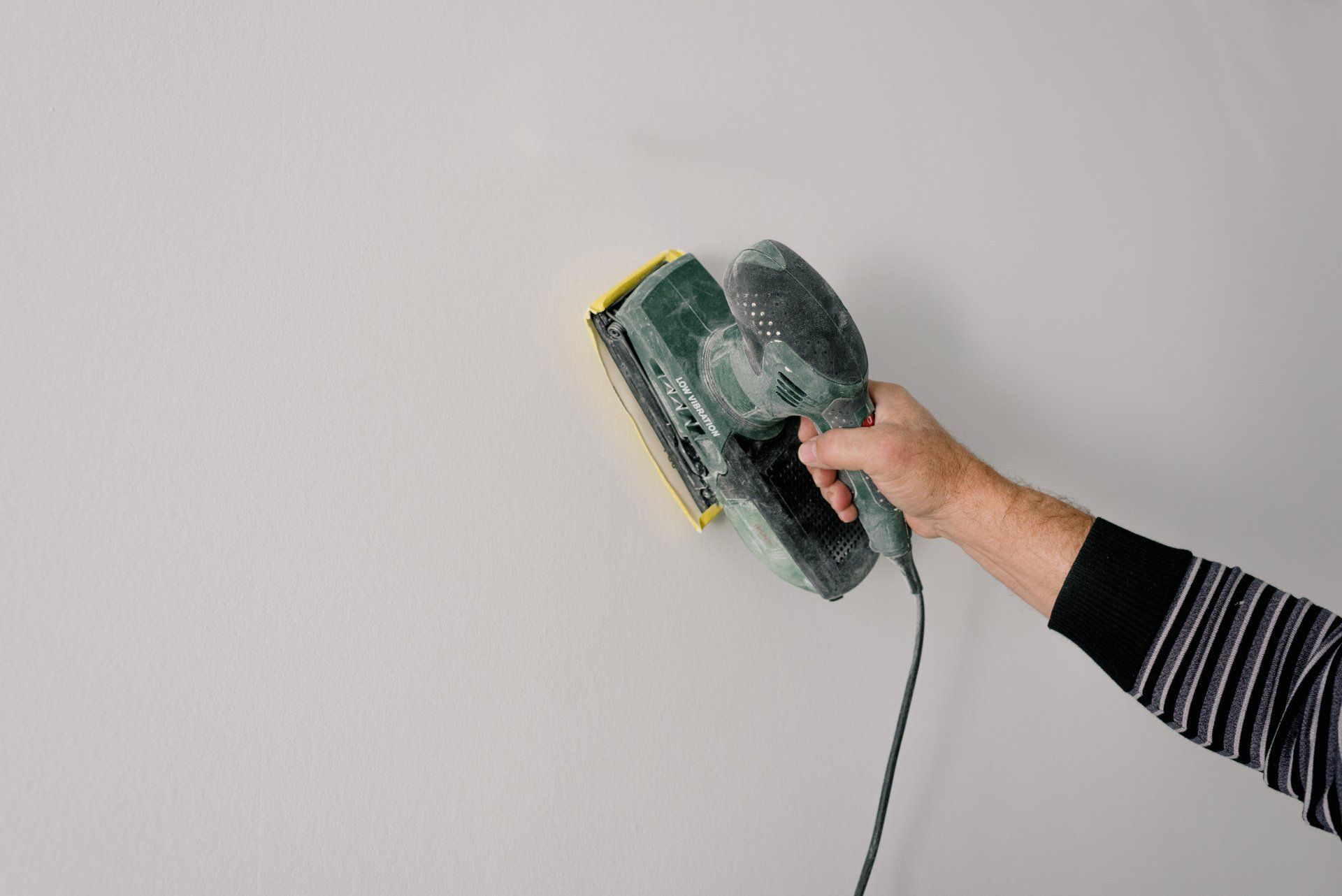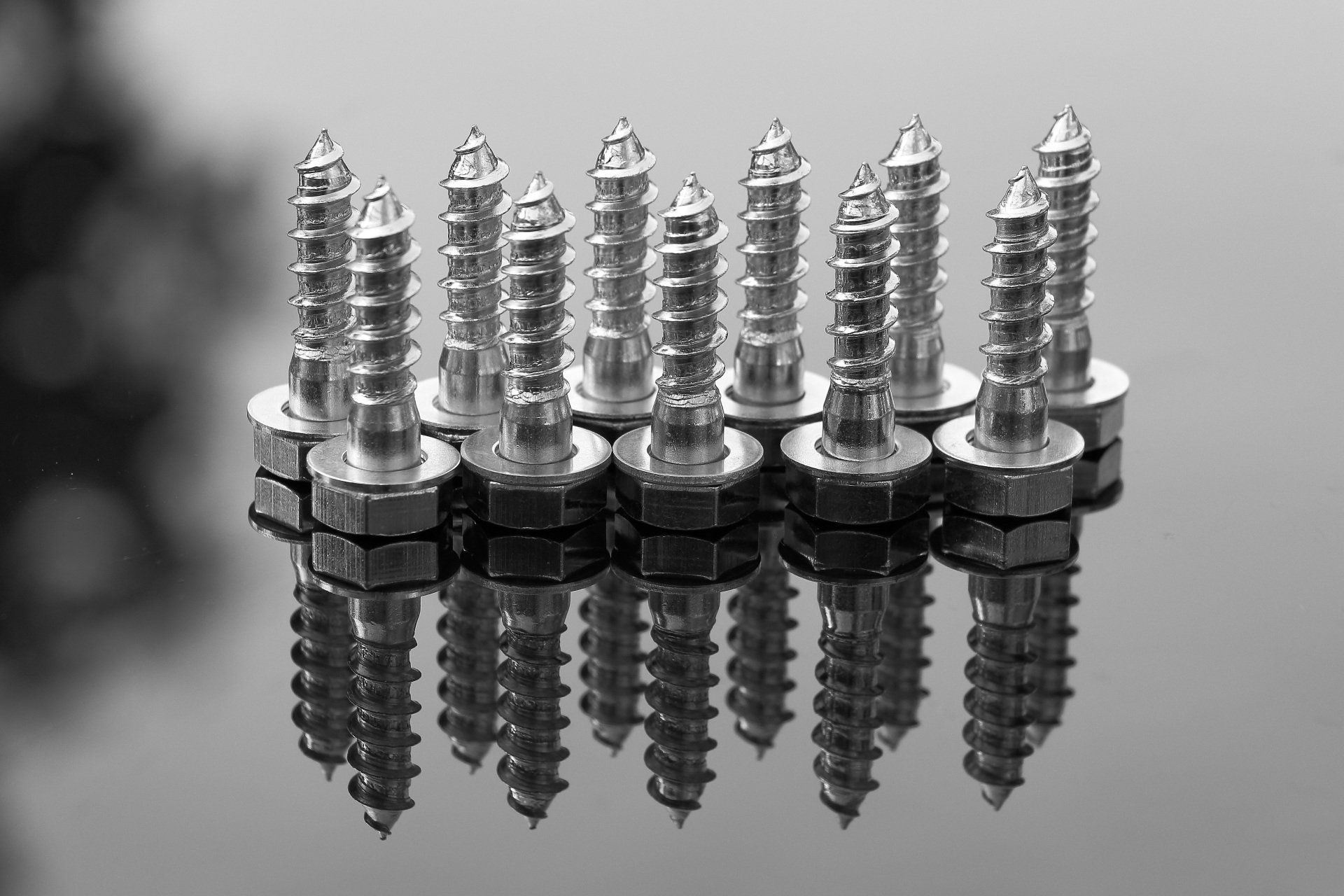Alternatives to Drywall
Alternatives to Drywall
Even though drywall can be very useful, there are still some disadvantages. The hollow sound you hear when you tap or knock on a wall made of drywall can turn off many people. This can be a reminder that drywall is still an inexpensive and quick solution. The lack of texture and character in drywall, along with its inability to mold, are two other problems. Some people believe that drywall is too vulnerable to damage.
There are many alternatives to traditional drywall for creating walls inside a building’s interior. Let’s take a look at some.
- Brick/Masonry - A brick wall that is unfinished and exposed can give a home or office a unique look and increase its value.
- Traditional Plaster - Many homeowners prefer traditional plaster over a wooden lath system. Technology has made plaster installation easier over the years. It is now faster drying and offers better structural support. Plaster walls will be beneficial for certain types of homes, such as those that want a rustic look or a rural feel.
- Veneer Plaster - a popular finishing technique. The process consists of a thin layer of blue board drywall with a thin layer of plaster on top. Because it doesn’t require finishing, it is even easier to install than drywall. It is at least 25% more expensive than drywall. Time will show if its popularity and price drops.
- Wood Paneling – This material has come a long way from its humble beginnings. Wood paneling is now much easier to install than drywall and can be customized with any type of wood veneer or finish.
- Fiberglass Reinforced Panels (FRP) - These panels can be used in areas where ceramic tiles would not normally be installed, such as bathrooms and kitchens. Because of their resistance to mold and bacteria, they are increasingly being used in sterile areas like hospitals, doctors’ offices, and laboratories.
Drywall and the Environment
There is nothing more popular in construction than sustainable and environmentally friendly design. It is simple to recycle drywall and can be made from recycled and green materials.
Dwelling is already very eco-friendly from a manufacturing perspective. The cores are made of 90 to 95 percent recycled material, mainly reclaimed drywall, while the paper exterior is 100% recycled content, mostly old newspapers. However, the drywall industry has much to learn in terms of emissions. The production of drywall accounts for approximately 1 percent of the U.S.'s energy emissions.
There are three main uses for recycled drywall. The first is to use the crushed material to make new drywall. This is the most popular option currently, and all major manufacturers have systems to make it possible. You can also use recycled drywall as an ingredient in Portland cement. This is used to make plaster, stucco, and other building materials. Crushed drywall is also becoming more popular in the agricultural industry. Crushed drywall is useful for soil conditioning, adding calcium and sulfur to plants. This is particularly useful when growing corn, peanuts, and potatoes. You can also place recycled drywall on soil with high salt content to neutralize it so that your crops can grow there.
Ready to work with Astra Expert Drywall Vancouver?
Let's connect! We’re here to help.
Send us a message and we’ll be in touch.
Or give us a call today at 778-402-1136
More Tips, Tricks & Tools

